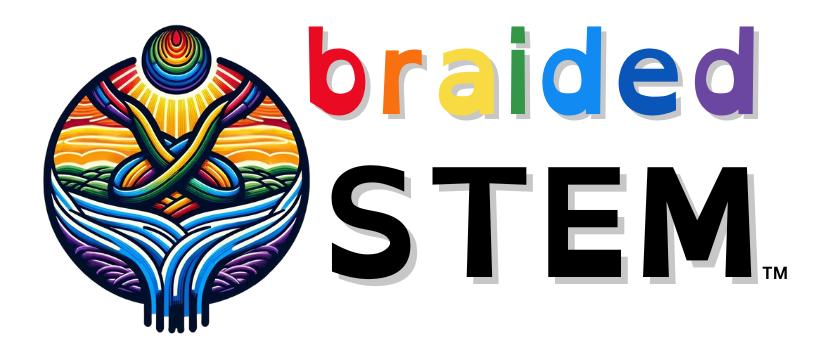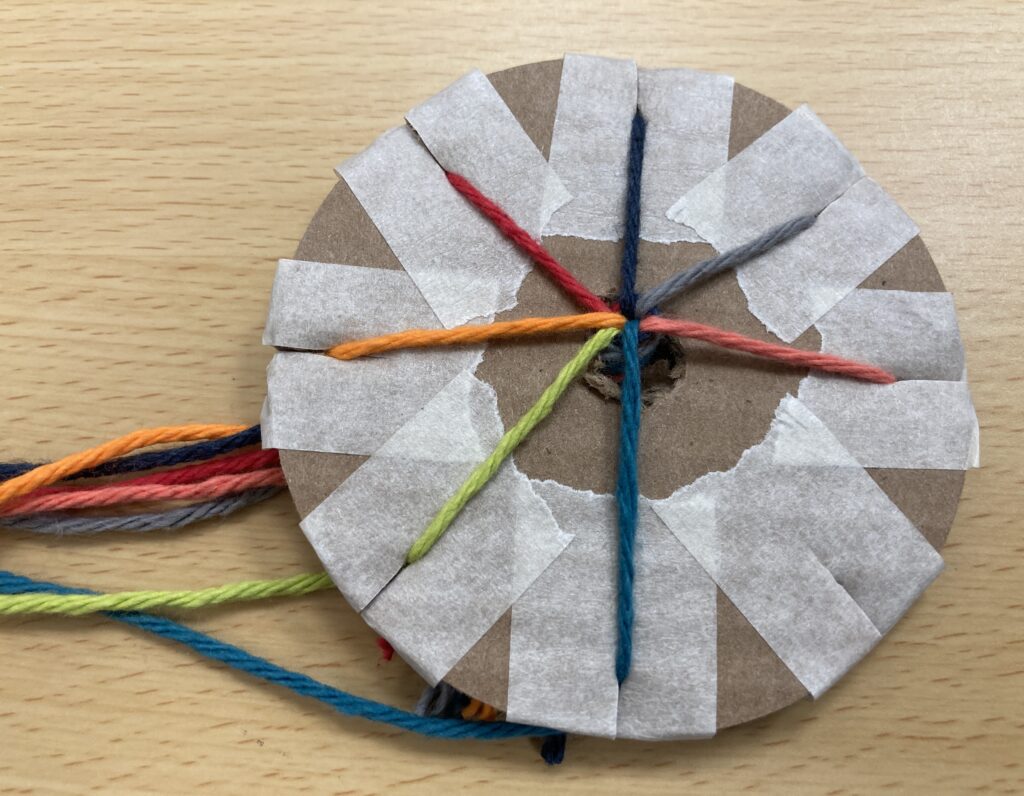High School
Youth Climate Action Toolkit
This Is Planet Ed partnered with The Nature Conservancy to design this toolkit with young leaders from across the country to share climate solutions that students can advocate for in schools. The Youth Climate Action Toolkit provides talking points, highlights advocacy strategies, and includes bright spots of students taking action around the country.
Read MoreTuring Tumble Virtual
Don’t want to keep track of all those marbles and parts? Try out this Turing Tumble virtual marble powered computer. Complete with challenges in the menu that get increasingly more difficult.
Read MoreSchoolyard Garden Guide from National Geographic
Creating Gardens of Goodness – A how-to guide for five types of children’s gardens.
Read More#STEMAZingPhenomenon Notice and Wonder Video 3
Great phenomenon to use for 3.L1U1.6 Plan and carry out investigations to demonstrate ways plants and animals react to stimuli.
Read MorePhotosynthetic Floatation – Science Snack from the Exploratorium
Photosynthetic organisms capture energy from the sun and matter from the air to make the food we eat, while also producing the oxygen we breathe. In this Snack, oxygen produced during photosynthesis makes leaf bits float like bubbles in water. Learn more about this Science Snack from the Exploratorium including Video Demonstration of what to…
Read MoreWe are connected – Dr. Jessica Dunkley
https://youtu.be/epqc7RD19-c Dr. Jessica Dunkley advocates for more diversity in medical professions to eliminate discrimination in her field. As part of the Ready2Listen campaign, we invited participants to tell us what drives them, what makes them proud and what advice they would offer to youth today. The campaign empowers Indigenous people across Turtle Island and counters…
Read MoreNunaniuryuraqama: Maintaining Self Through Environmental Energy
Nunaniuryuraqama: Maintaining Self Through Environmental Energy is presented by Alaska Housing Finance Corporation and AK EnergySmart. Mayaq Irussaar Qip’arluk Kagganaq Maangyaar (Valerie Tony) is the latest representation of her Yup’ik and Sup’ik ancestry of the Kuigpak Tradition, geographically the Lower Yukon Delta. She is an interpreter of the Kuigpak oral history and strives to help…
Read MoreSeven String Kumihimo
Seven String Kumihimo uses #STEMontheCheap materials to engage systems thinkers with a Japanese braiding technique called kumihimo, while at the same time challenging them to think about how a system’s structure generates its behavior.
Read MoreSlow Reveal Graph: How do the phases of the moon impact tides?
This slow reveal graph has been designed specifically to start to address the 6th grade 6.E2U1.9 Arizona Science Standard. Google Slide Deck for Teachers (without question prompts on slides, includes teacher notes) Google Slide Deck for Teachers (with question prompts on slides, includes teacher notes)
Read MoreEdison Engineering Design Challenges with Mr. Grigonis
A great collection of engineering design challenges for upper elementary school to high school programmers and engineers.
Read More
